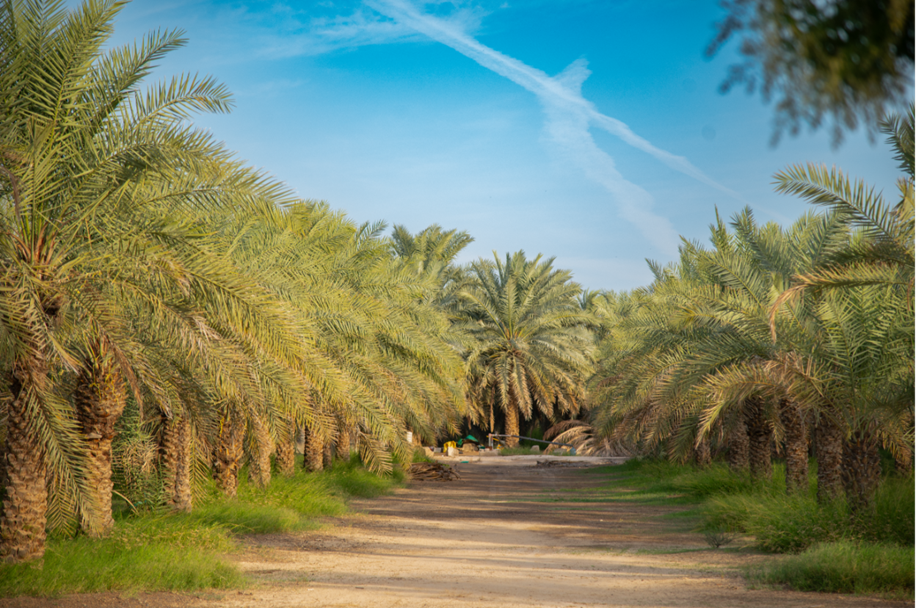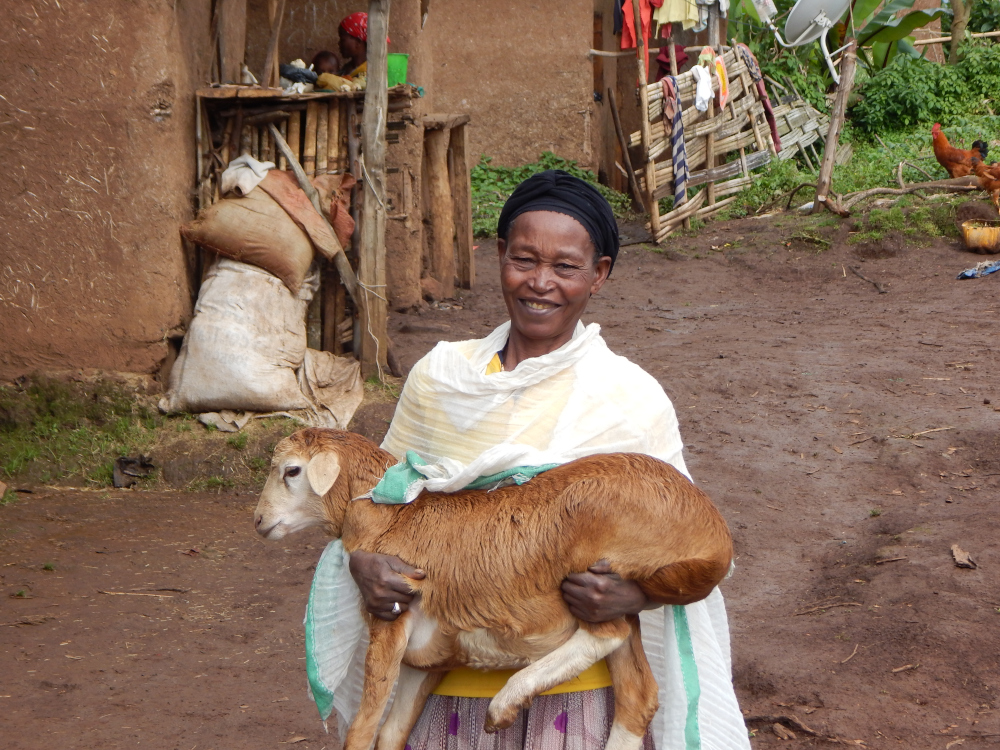Cracking the goat code: A genomic leap for biodiversity and sustainable livestock production
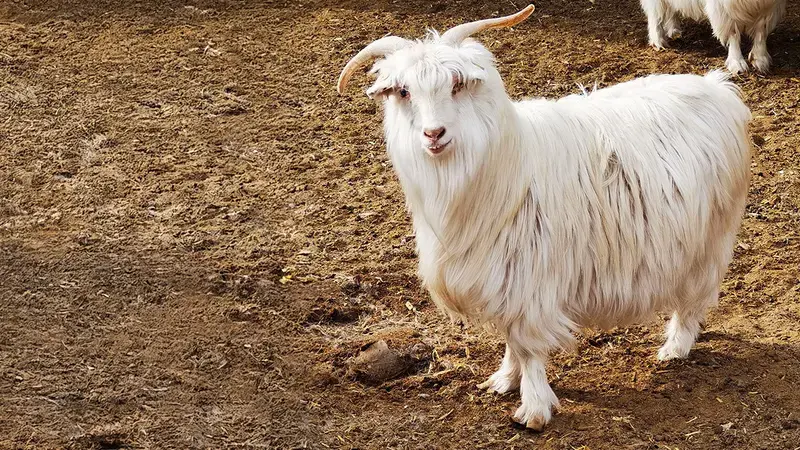
On the day the world marks the 25th International Day for Biodiversity, ICARDA turns the spotlight on the first-of-its-kind goat pangenome. This game-changing livestock breakthrough brings us closer to harmony with nature.
To the untrained eye, the graph-based pangenome may look like an enigmatic ancient tapestry. For those in the know, it is a world of wonders and unlimited opportunities. This complex tangle of variation reveals the depth and breadth of structural complexity and genetic diversity of a yet very well-known livestock species: the goat.
As the world celebrates the International Day for Biological Diversity on 22 May under the theme “Harmony with nature and sustainable development”, an international team of researchers developed the world’s first multi-assembly goat pangenome, thus providing a comprehensive view of genetic variations of this livestock essential to understanding biodiversity, aiding breeding improvement and driving biological discovery.
“The development of this world’s first goat pangenome is a transformative leap in biodiversity research because it offers powerful insights into caprine evolution and enables sustainable breeding strategies for climate-resilient livestock systems”, says Joram Mwacharo, ICARDA’s Senior Scientist and co-author of a study published in the journal Molecular Biology and Evolution that led to the graph-based goat pangenome.
The study is the result of a collaboration with researchers from Northwest A&F University, Shaanxi, Institute of Animal Science, Chinese Academy of Agricultural Sciences, Beijing, the Xinjiang Uyghur Autonomous Region Academy of Animal Science, Xinjiang, in China, and Utrecht University in the Netherlands. This pangenome indeed reveals changes in genomic architecture during goat domestication and adaptation to new environments. In contrast, the traditional linear goat reference genomes have so far failed to encompass the entire repertoire of genetic diversity of the species.
Moreover, “this is the first time ICARDA has contributed to such a high-impact global livestock genomic reference, positioning the organisation at the forefront of small ruminant genomics and biodiversity research,” adds Joram Mwacharo.
Capturing the full spectrum of goats’ genetic diversity
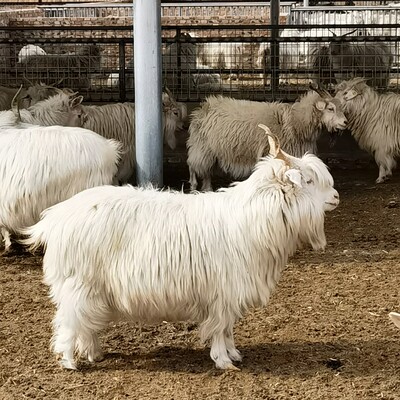
The authors of the study note that the pangenome, which is a collection of DNA sequences that occur in a species, provides a comprehensive view of important genetic variations such as structural variations (SVs), which critically shape phenotypic diversity and influence traits of economic and adaptive significance. Thanks to the graph-based pangenome, detecting those crucial structural variations is now possible.
For this study, the researchers used newly generated phased long-read genome assemblies, which utilize long-read sequencing technology to generate high-quality DNA reads that are significantly longer than short-read sequencing methods, of eight representative goat breeds. By doing so, they could compose the graph-based goat pangenome, which is a graphic representation of the relationships and variations between different genomes. “It is a little bit like shifting from a 2D image to a 3D movie”, says Joram Mwacharo. “This is how we could see more details, including DNA sequences that were absent in the linear reference genome.”
Combining this multi-assembly pangenome with additional data provided by long- and short-read sequencing technologies, which allows improved detection of structural variants, the researchers developed a database of long-read structural variations. This precious new genomic resource has the substantial advantage of enabling more precise detection of both simple and complex variations, far beyond what was so far possible to obtain from the existing linear reference genomes.
“We found that several structural variations (SVs) are linked to major production and adaptation traits, demonstrating that our worldwide catalogue of sequence-resolved SVs for goats is a valuable resource for accurate assessment of genetic diversity and functional variation,” state the authors of the study.
Unlocking the evolutionary history of goats

This is one of the many advantages of this new graph-based goat pangenome: it brings to light structural variations that help trace the history of goat domestication, their natural and artificial selection, as well as their continuous adaptation to new environments. For example, transitioning from natural to human-controlled environments can increase the need for a strong immune system in crowded settings. The researchers note that this evolution is strongly suggested by the duplication and subsequent divergence of some genes (Galectin-9-like genes), “which may have led to a more refined immune system that contributed to the adaptation of goats to human environments”. Additionally, novel structural variations, which are related to cashmere production and high-altitude adaptation, were also reported in other genes.
By extension, the implications for sustainable livestock farming are invaluable, especially for dryland communities that depend on small ruminants and need to adjust their farming practices to a fast-evolving climate. With the data of the study made publicly available, researchers and breeders can refine their approaches to goat breeding and livestock management. Maintaining a diverse breed representation is essential, including disease prevention, understanding genetic relationships, and supporting the overall health and resilience of the species.
“Genomic tools like this pangenome give us an unprecedented view of genetic diversity across goat breeds, which in turn will enable better-informed and sustainable breeding, conservation, and adaptation strategies in small ruminants,” sums up Joram Mwacharo.
By making breeding more strategic and consistent with each local environment and farmers' needs, this new wealth of knowledge will also allow a better management of genetic resources, targeted climate-smart breeding and precision breeding and therefore help maintain a more refined harmony between food systems and nature.
ICARDA at the forefront of the global research stage
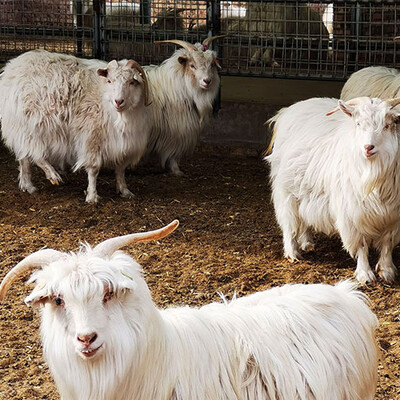
This scientific advance in global livestock genomics demonstrates ICARDA’s leadership and expanding role in international collaborative livestock research and innovation. Building on four decades of innovative, science-driven solutions, the organization has developed a proven expertise in mobilizing integrated livestock technologies and community-based breeding strategies suited to smallholder farmers that increase the productivity and profitability of indigenous breeds. All of which are essential for supporting biodiversity, improving food security, and advancing harmony with nature.
Genomic research is key to science-informed livestock development, notably in maximizing resource efficiency, diversity, and production to ensure food security. In many dryland areas, goats and sheep represent more than half of livestock flocks. Understanding their adaptive abilities, relationships, and evolutionary developments can provide insights into potential solutions to current and future challenges. Now that the goat pangenome is available to all, researchers, breeders, policy makers and communities alike have at their disposal a powerful global resource that can aid biodiversity conservation and sustainable agrifood systems under changing climates.
As the world marks the International Day for Biological Diversity, this scientific advancement, reaffirms the powerful role of partnerships and cutting-edge science in fully comprehending the complexity of our world and unravelling its hidden biological resources and treasures. It underlines a simple reality: biodiversity is the foundation of life on Earth, and preserving it is the way forward for a world without hunger.
This work was partially supported by the CGIAR Initiative on Sustainable Animal Productivity for Livelihoods, Nutrition, and Gender Inclusion (SAPLING). Photo credit. Prof Yu Jiang, Northwest A&F University.


